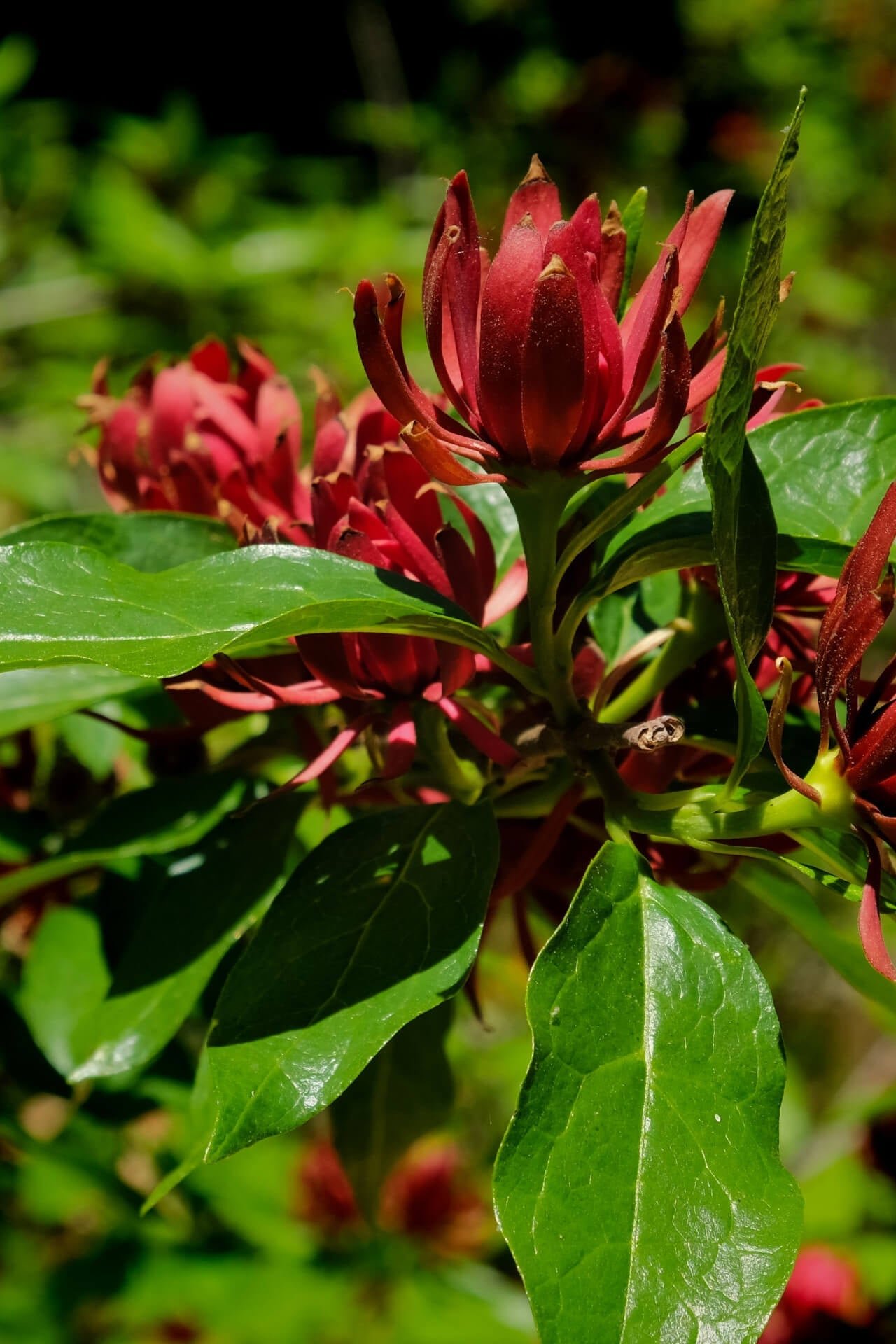
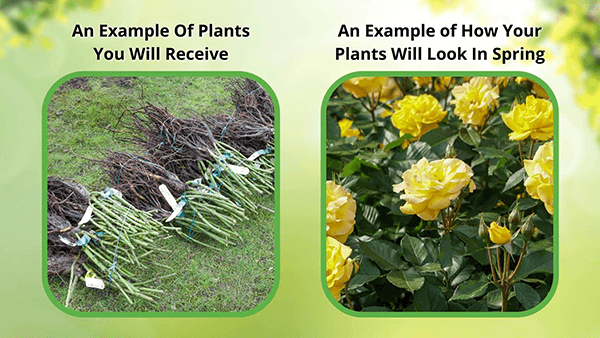
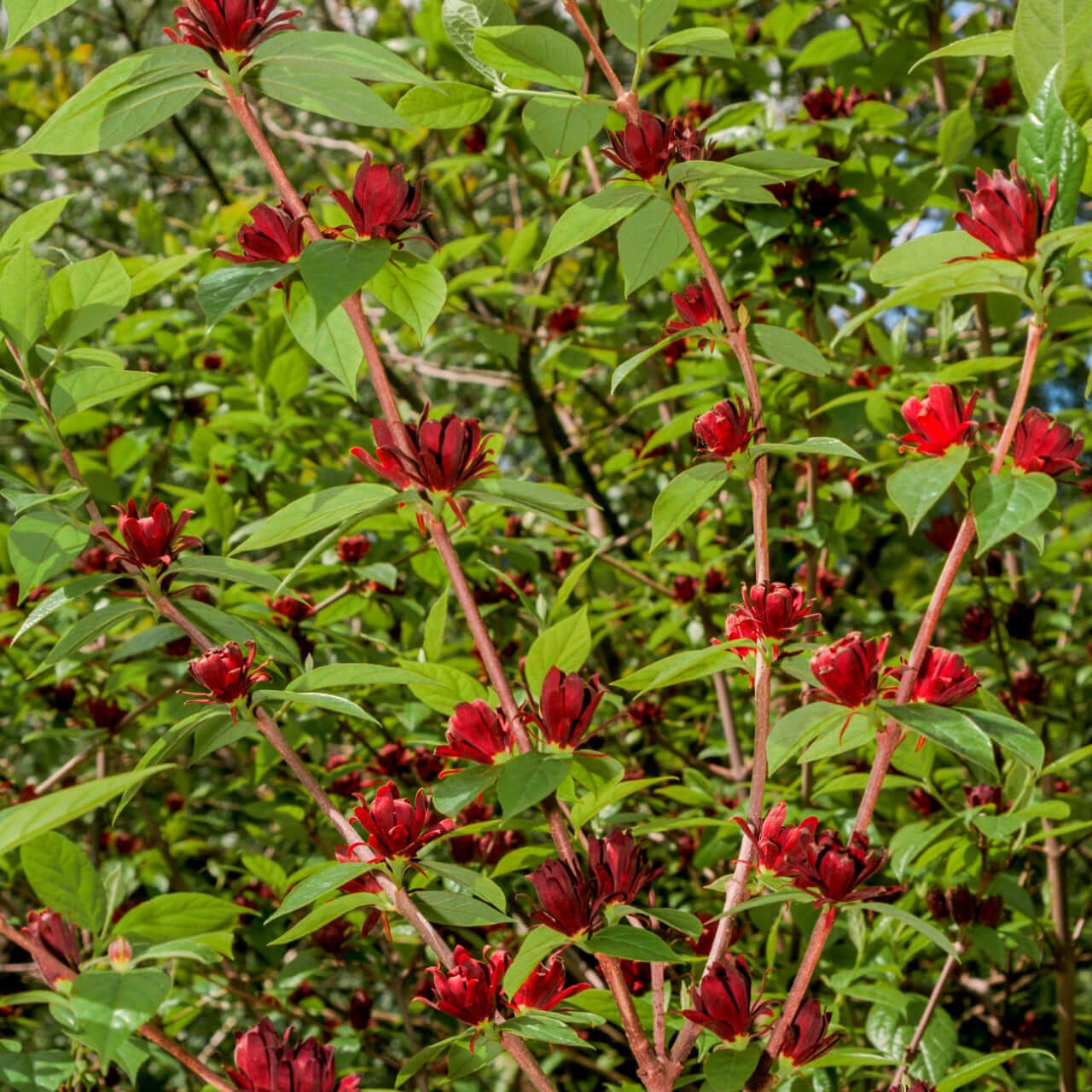

Carolina Allspice
Striking, fragrant blooms for garden charm
Attracts pollinators with sweet scent
Thrives in sun to partial shade
Thrives in
ZONE 4ZONE 5ZONE 6ZONE 7ZONE 8ZONE 9This plant ships:
November 20251 Year Guarantee on all plants
Carolina Allspice - Calycanthus floridus
Carolina Allspice (Calycanthus floridus) is a deciduous shrub native to southeastern USA. It grows naturally in shaded woodlands and along the banks of streams and rivers. Another common name for this interesting shrub is ‘Strawberry Bush’ as its blooms are bright red in color and quite fragrant with the scent of pineapple, strawberry and banana.
It can reach heights of 12 ft tall with a similar or larger spread. This shrub spreads just as fast as it gains height, so be sure to plant this plant 3-5 ft from other individuals or other shrubs. In autumn, the lustrous, green leaves turn a lovely shade of pale yellow.
Plant Details - Carolina Allspice
Family: Calycanthaceae
Hardiness Zones: 4–9
Light Requirement: Full sun to partial shade
Water Needs: Moderate
Height: 6 - 9 ft
Spread: 6 - 12 ft
Growth Rate: Moderate
Bloom Time: Late spring to early summer
Flower Color: Deep reddish-brown to maroon
Wildlife Value: Attracts pollinators
This shrub blooms profusely across the year. Blooming begins in early spring before leaves have emerged. It will then bloom as the leaves develop and sporadically after leaf expansion. The flowers are dark red in color, reaching 2 in in length. Once pollinated, urn-like fruit develop and mature to a dark brown color. The fruit persist on the plant through the winter.
The Carolina Allspice can be used a specimen or as a part of a mixed shrub border. To enjoy the fragrance, be sure to plant next to a deck or walkway. Not only is this shrub a showy yet humble deciduous beauty, its bark and roots have been used to make extracts to treat nerve pain, cramps and cold symptoms by indigenous tribes. However, it can be poisonous so do not try these methods without expert advice.
Landscape Uses and Maintenance - Carolina Allspice
This shrub prefers rich, well-drained soil. It can tolerate periods of flooding however will not tolerate drought conditions. It can be planted in full sun to deeply shaded locations. For best flowering, be sure to plant in full sun.
It is virtually pest- and disease-free and low maintenance. However, to maintain a compact plant, prune immediately after flowering. If you desire to have a plant with a strong fragrance.
Make sure to purchase the plants in flower as each individual can vary widely when it comes to scent.
Noteworthy Characteristics
Profuse blooming, fragrant flowers, attractive to pollinators
This profusely flowering and fragrant native shrub will add a unique and mysterious beauty to your gardenscape. Shop for Carolina Allspice online at TN Nursery. For 68 years, we have served the landscaping industry and homeowners with specimen plants.
This Is How Your Plants Will Look upon Delivery
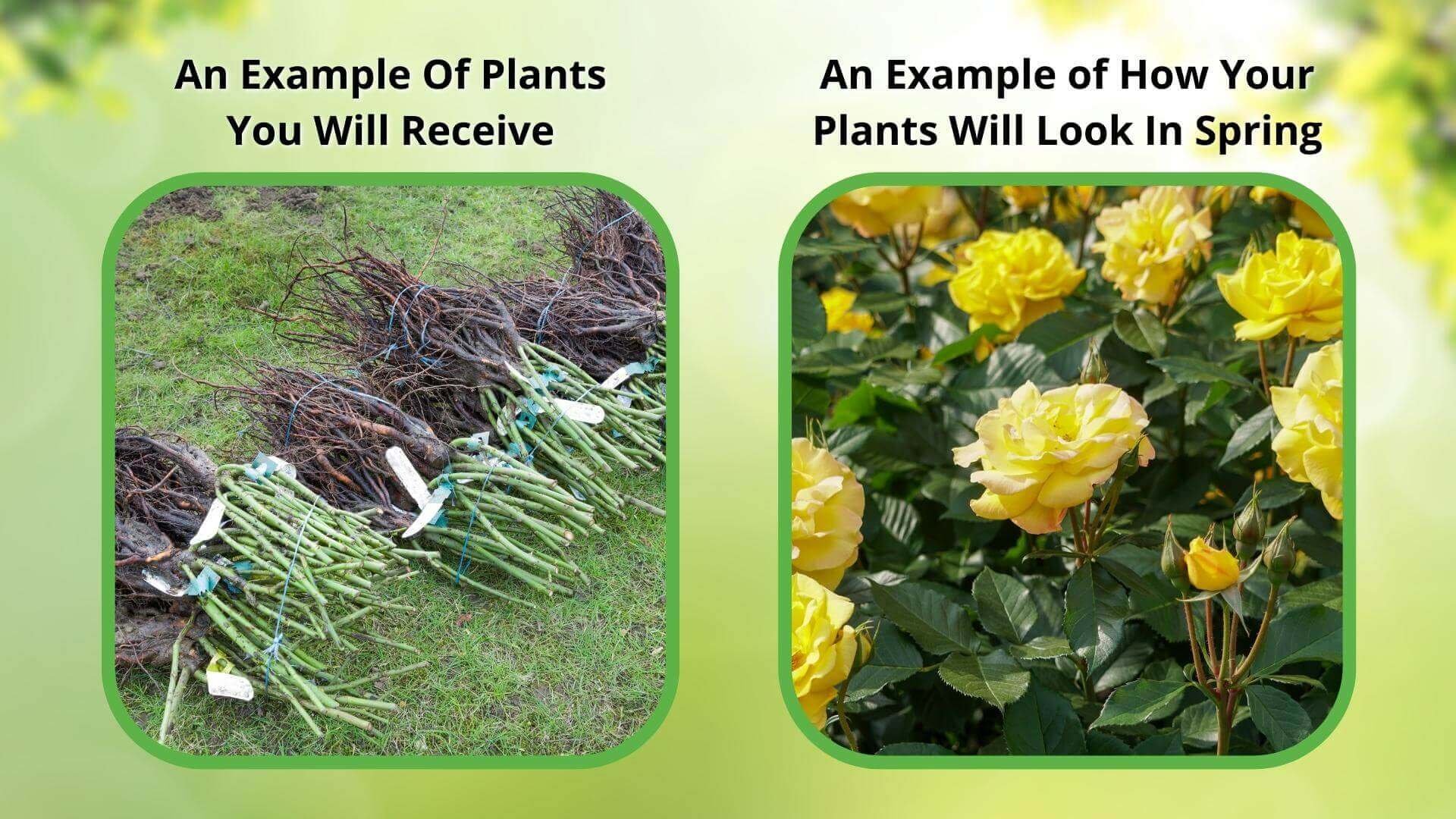
Bloom Season
Summer
Bloom/Foliage Color
Red
Height at Maturity
Under 10 Feet
Care
Carolina Allspice flourishes in well-drained soil and benefits from regular watering, especially during dry spells. Light pruning after flowering helps maintain shape and promotes new growth. Spread mulch around the bottom to keep moisture and prevent weed growth.
Plant Reproduction
Carolina Allspice spreads through suckers and seeds.
Plant bare-root shrubs during the more excellent spring or fall months, from November through April. Dig a hole twice as wide as the root system and slightly more profound than its height. Position the shrub so that the top of the roots is level with the ground, and put back the soil dug over the roots. Apply a 2-3 inch layer of mulch around the base to retain moisture and suppress weeds, ensuring the mulch does not touch the shrub's stem. Water regularly, especially during the first year, to establish strong roots. Prune shrubs as needed to promote healthy growth. In the spring, fertilize with a balanced, slow-release fertilizer suited to the specific needs of the shrub.
Shipping date depends on the date displayed and chosen when you order from the product's page.
We only accept returns on plants verified dead. If you think your plants have died, we offer a 1 year warranty, please use this File a Claim Link to verify dead plants and start with return warranty process.





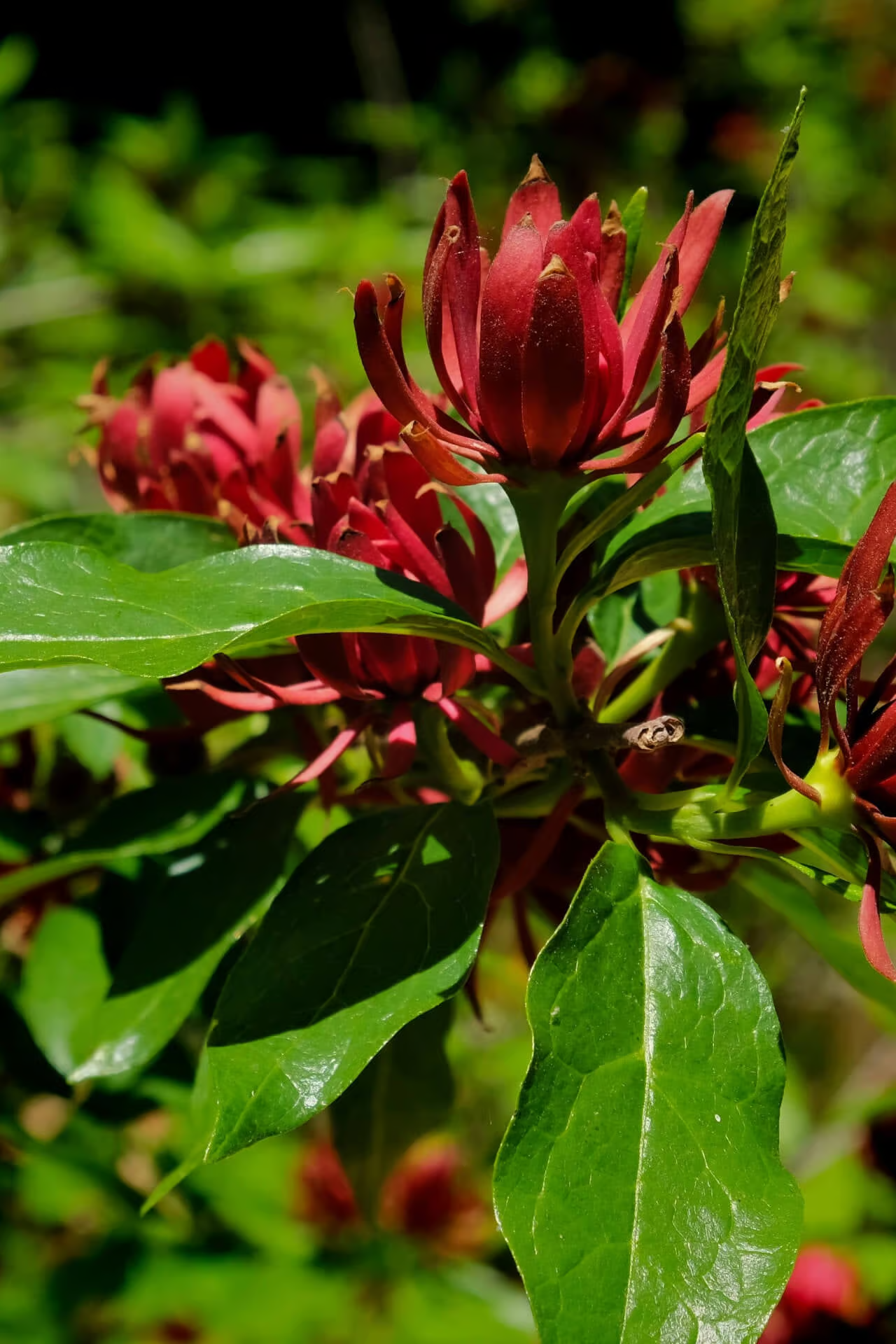
Deliciously Fragrant Flowers:
Carolina Allspice boasts aromatic blooms that fill your garden with a delightful, spicy-sweet scent. Its fragrance enhances outdoor gatherings and creates a sensory-rich environment.
Wildlife Friendly:
The fragrant flowers attract pollinators like bees and butterflies, enhancing your garden's ecological health and supporting local wildlife. This natural attraction boosts biodiversity and garden vitality.
Adaptable to Different Conditions:
Thrives in a variety of soil types and light conditions, including full sun to partial shade, making it a flexible choice for diverse garden environments. Its adaptability ensures success in various planting scenarios.
Attractive, Unique Blooms:
Enjoy the unique appearance of its rich, reddish-brown flowers that stand out and add a touch of exotic charm to your landscape. Their deep, warm hues can brighten any garden space.
Caring Tips
How do I care for my Carolina Allspice?
Each box contains detailed care instructions and information about your product. But here's the basics.
Care Tips
Carolina Allspice flourishes in well-drained soil and benefits from regular watering, especially during dry spells. Light pruning after flowering helps maintain shape and promotes new growth. Spread mulch around the bottom to keep moisture and prevent weed growth.
Light Requirements
Carolina Allspice (Calycanthus floridus) thrives in complete sun to partial shade. It favors well-drained soil and can accept a range of light conditions, but it generally performs best with at least four to six hours of direct sunlight each day.
Hardy Planting Zones
4 • 5 • 6 • 7 • 8 • 9
Header
Use this content to share information about your store and products.
Frequently Asked Questions
How often should I water my plants?
How do I know if my plant is getting too much or too little sunlight?
What should I do to prepare my plants for winter?
What are the signs that my plant needs fertilizing?
How can I prevent pests from damaging my plants?
How do I choose the right plant for my climate zone?






